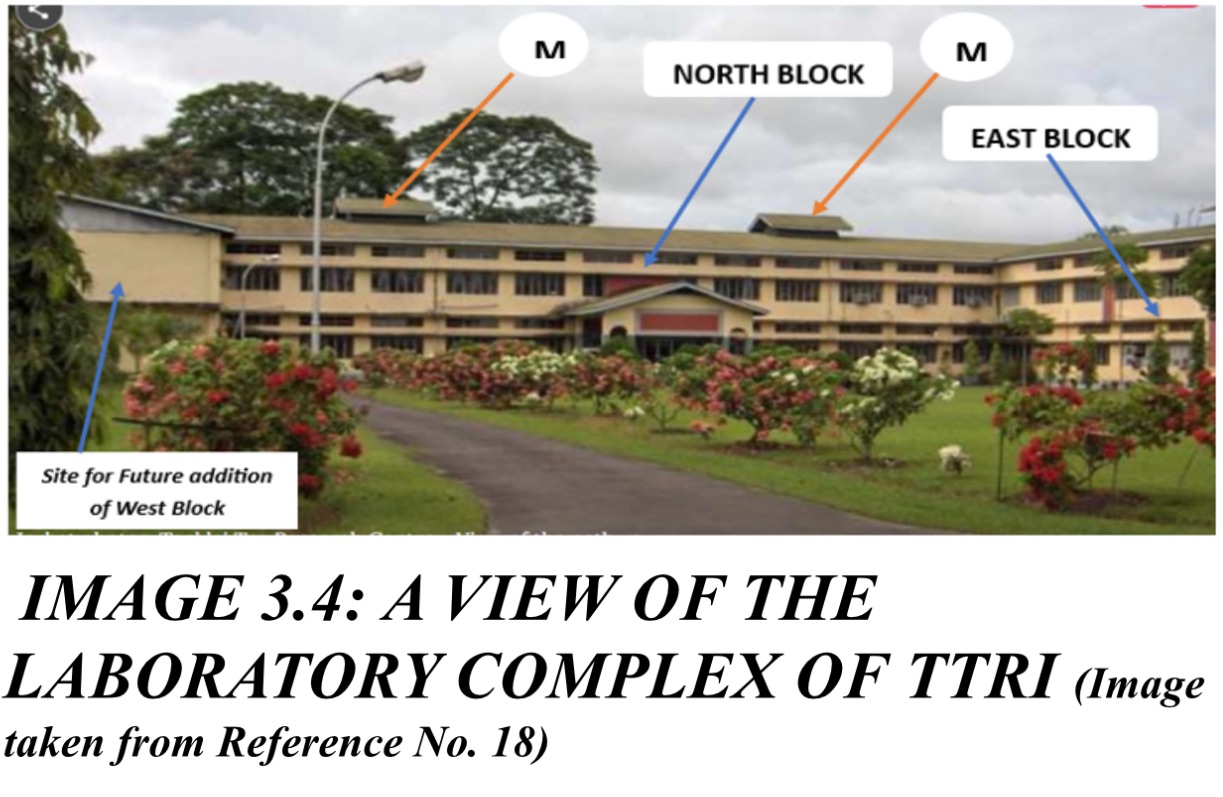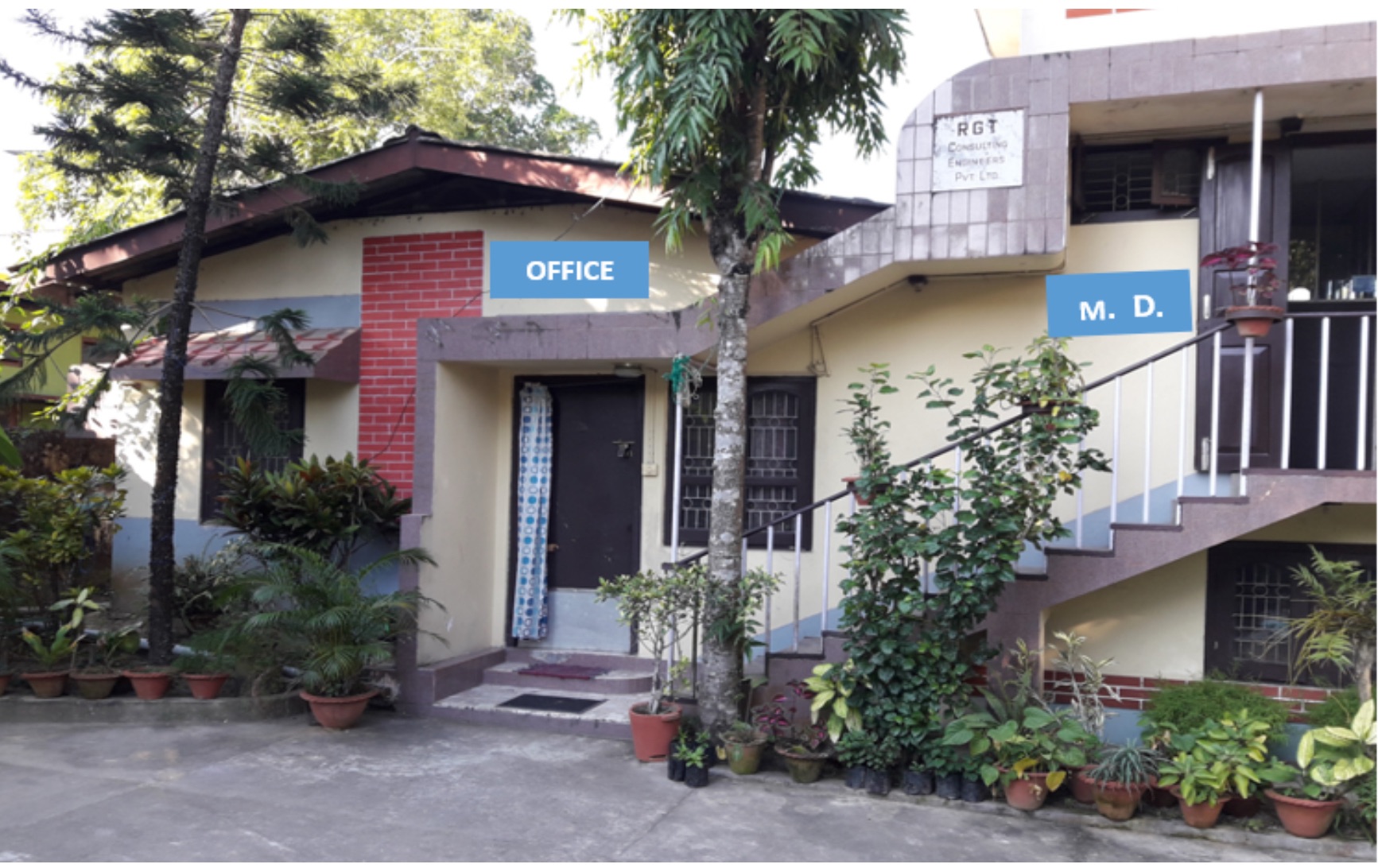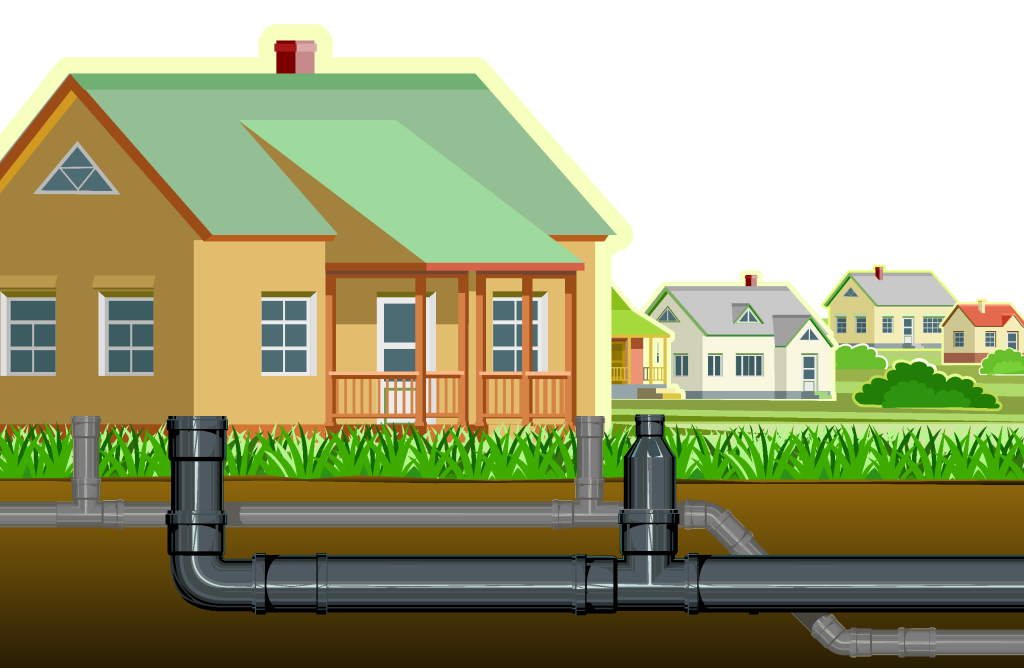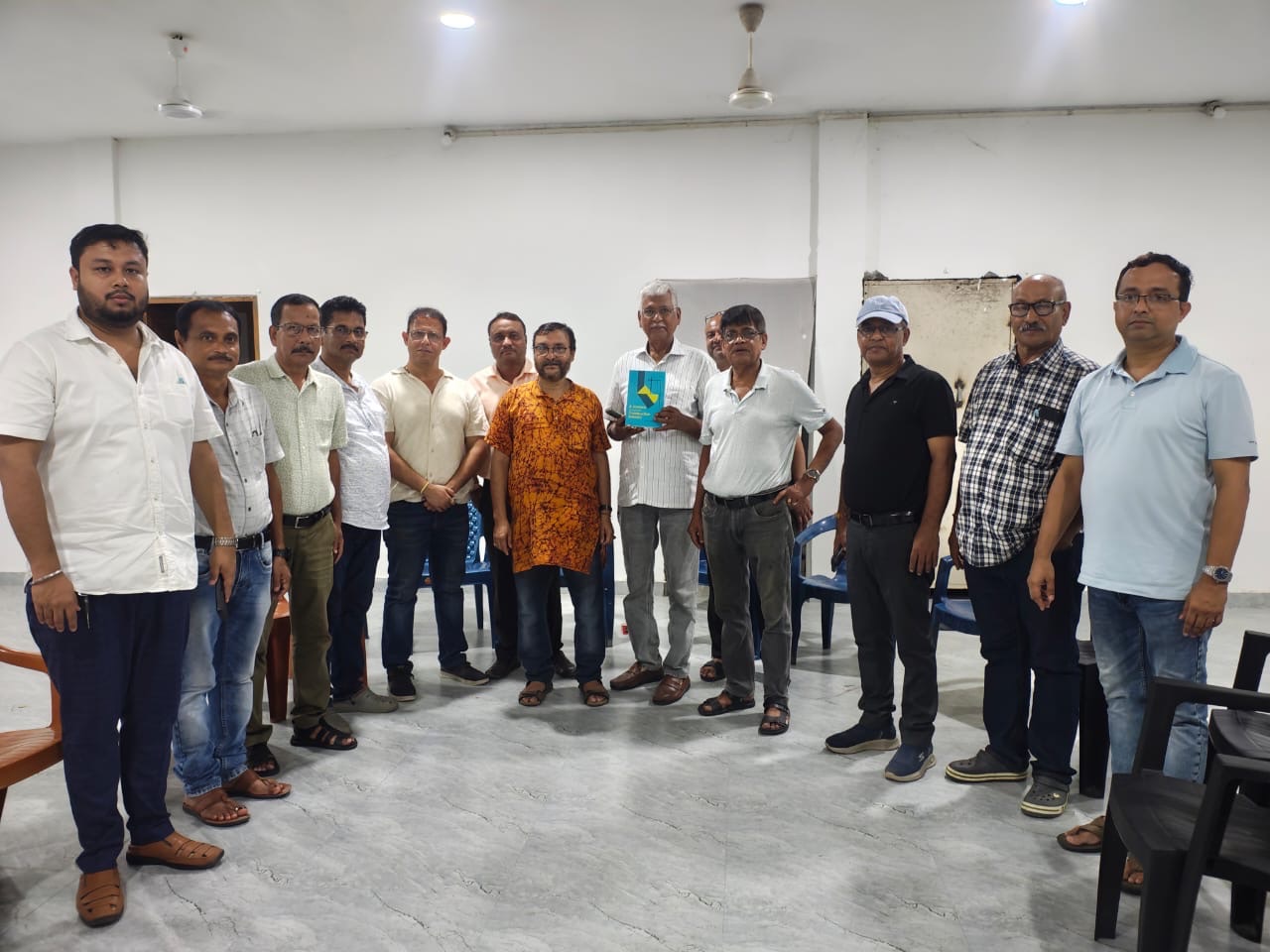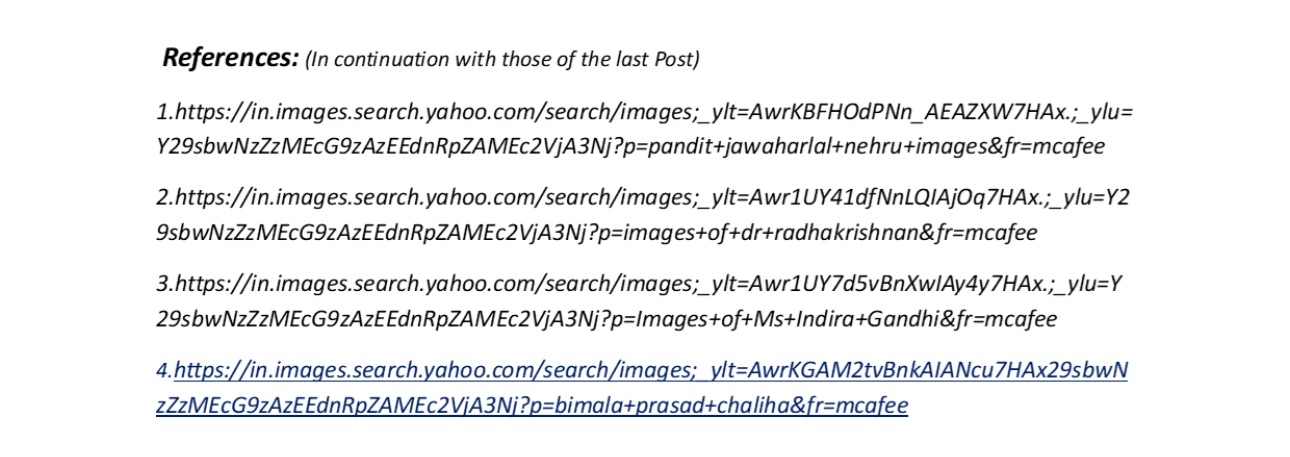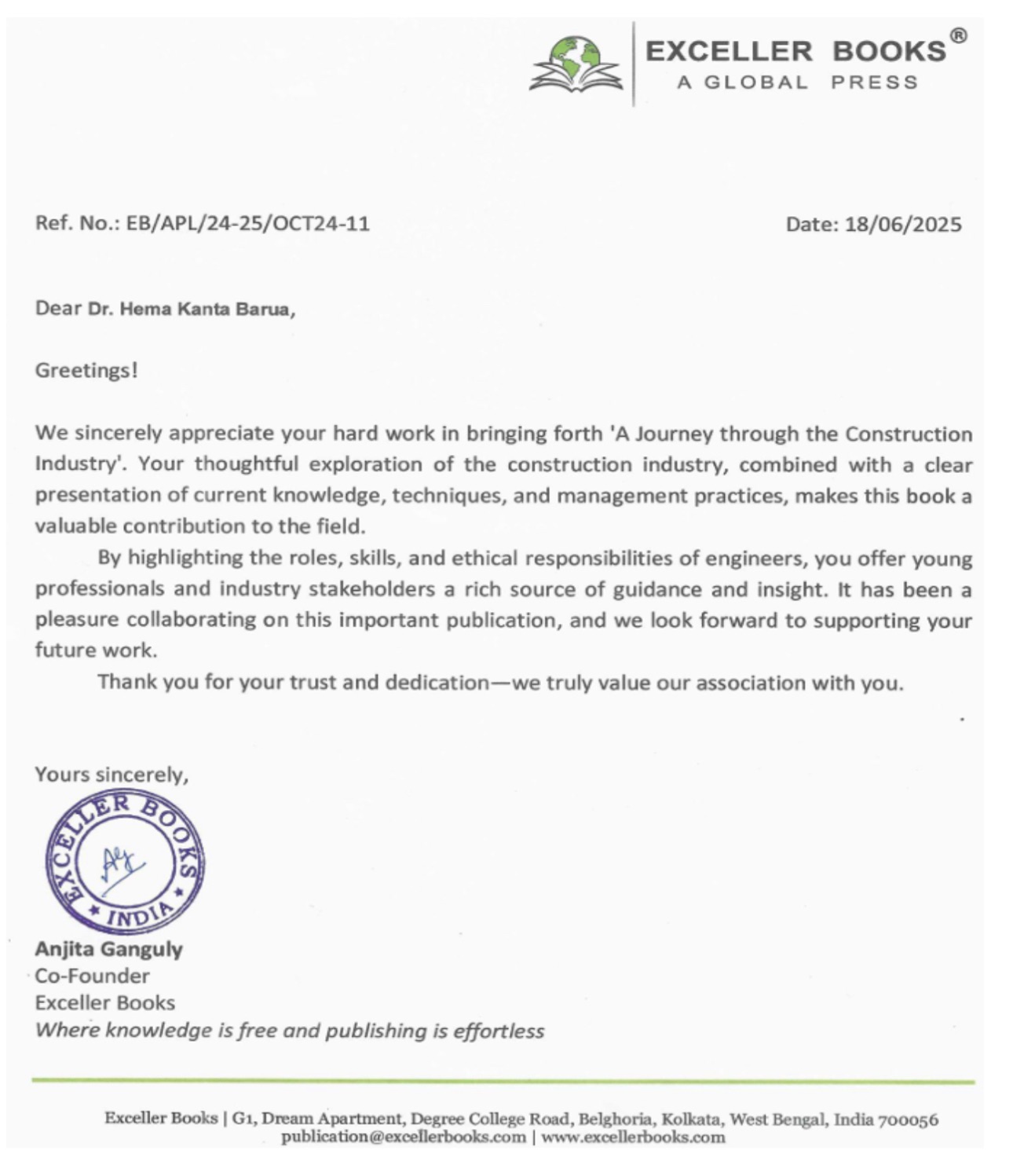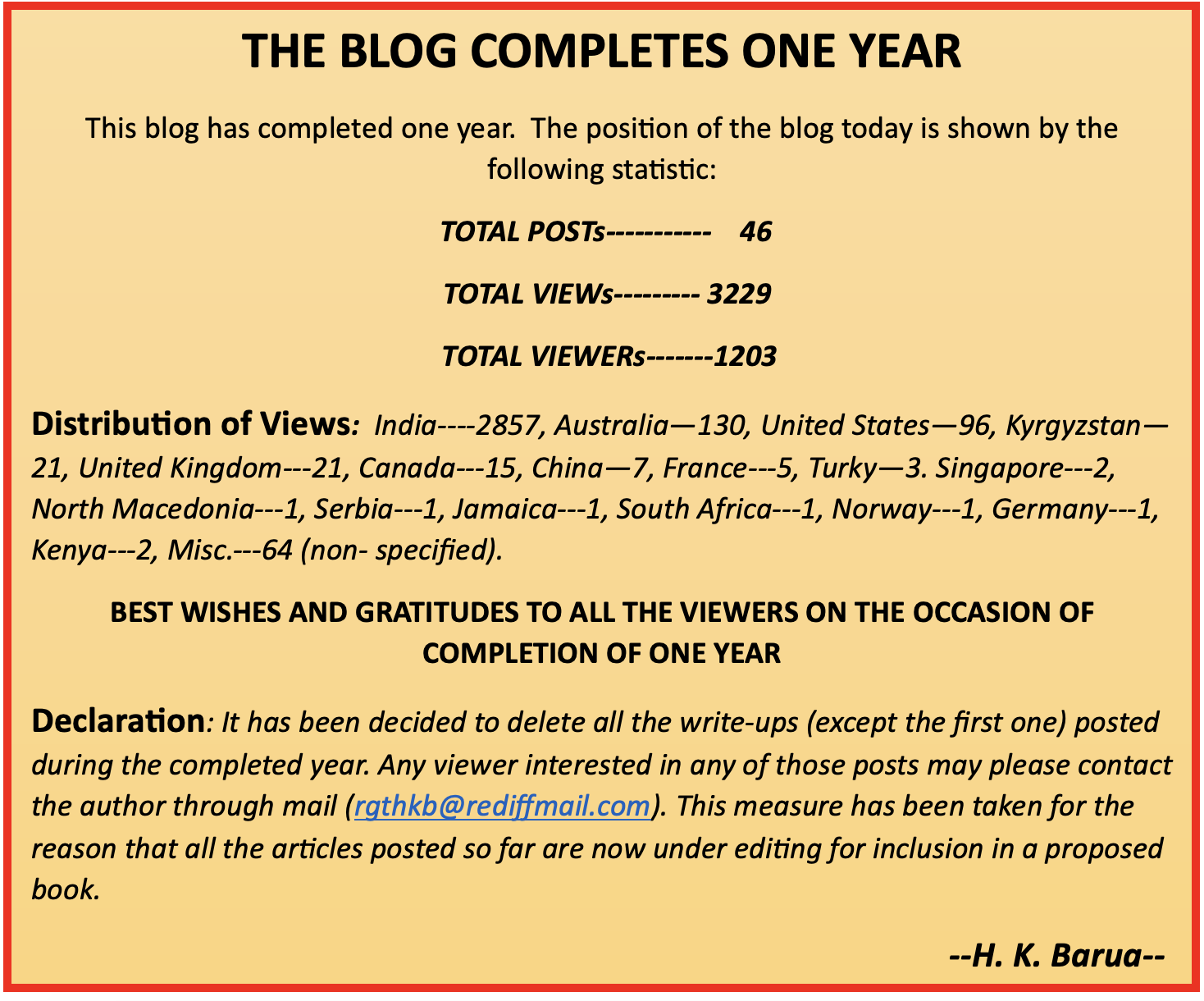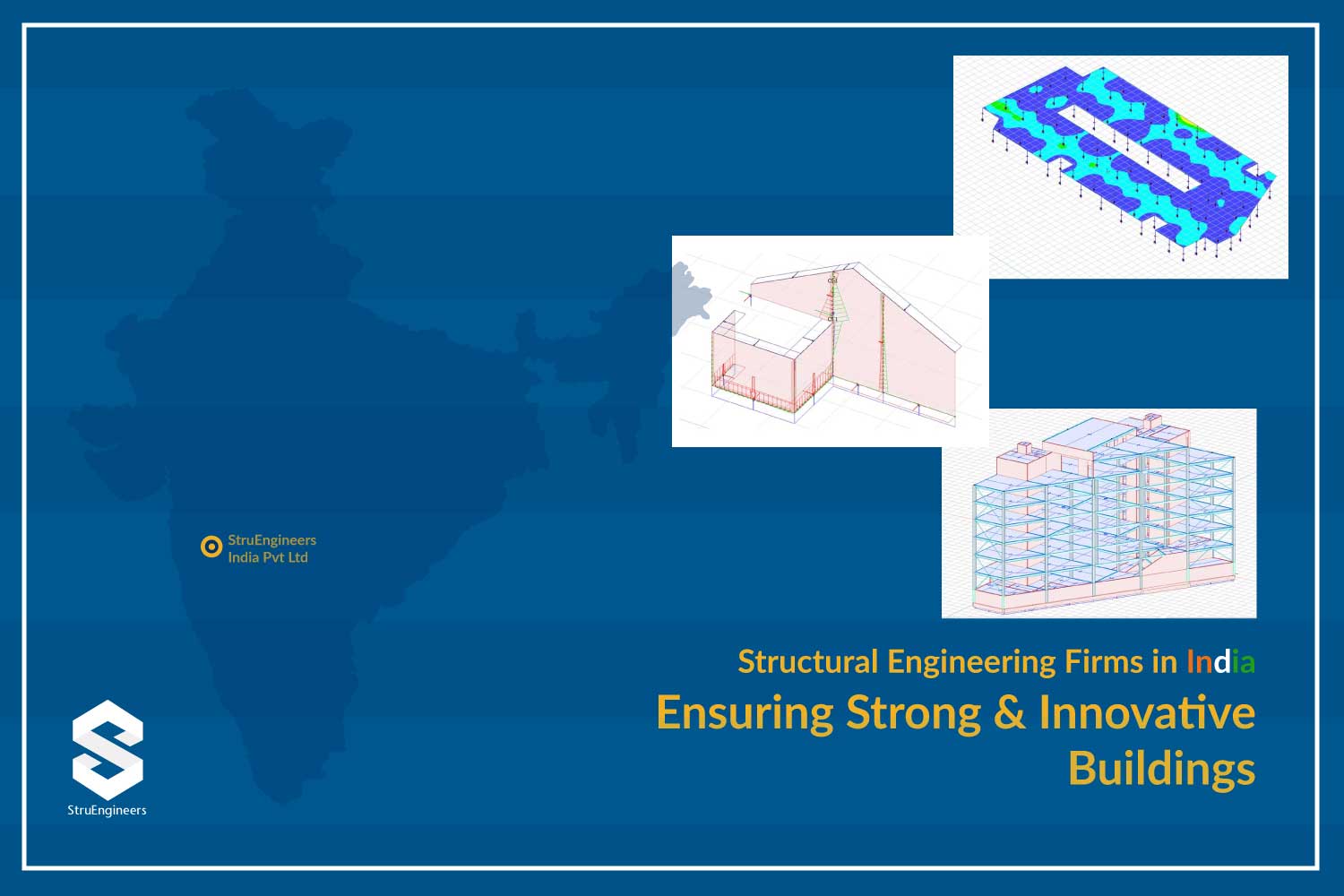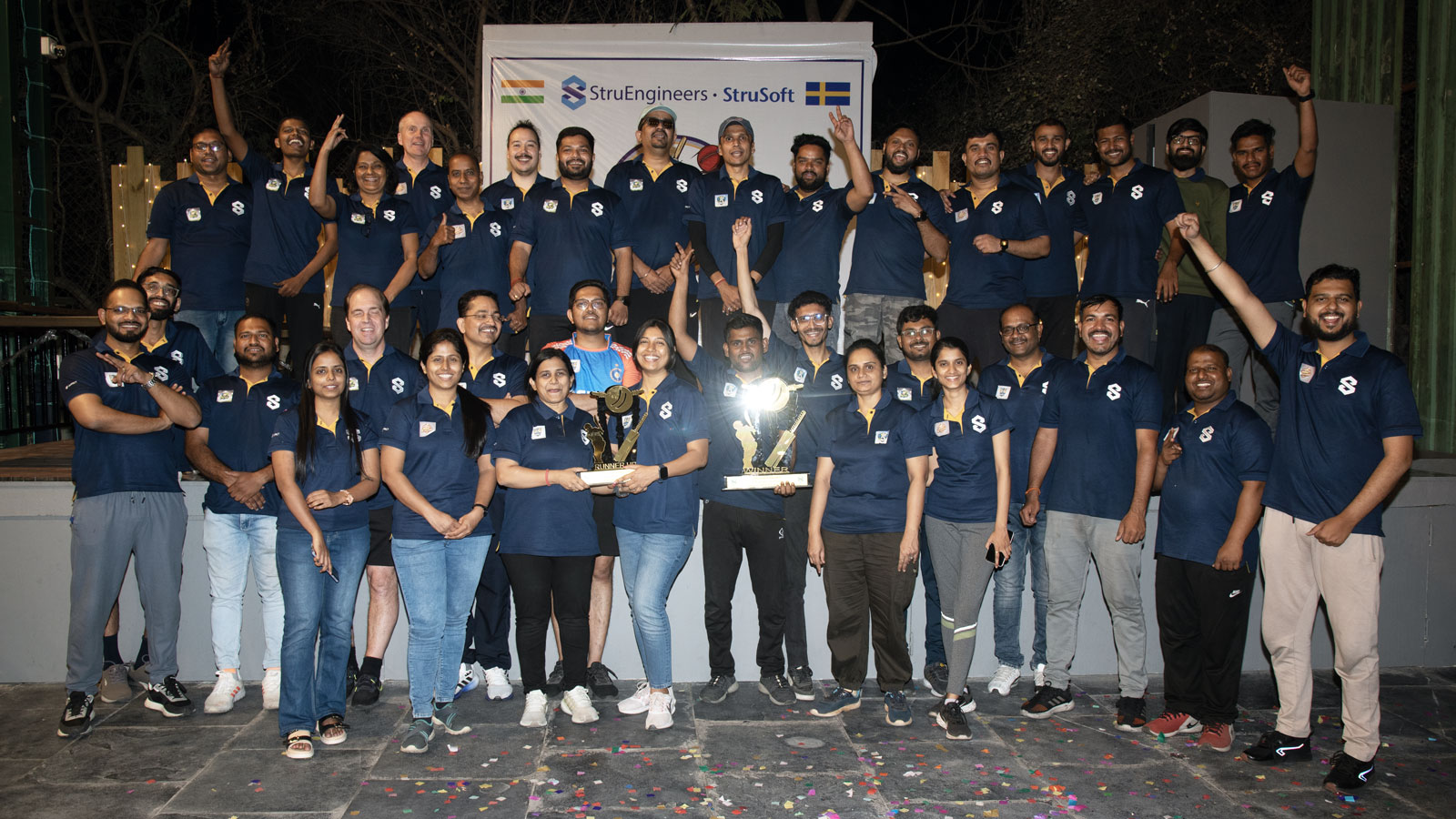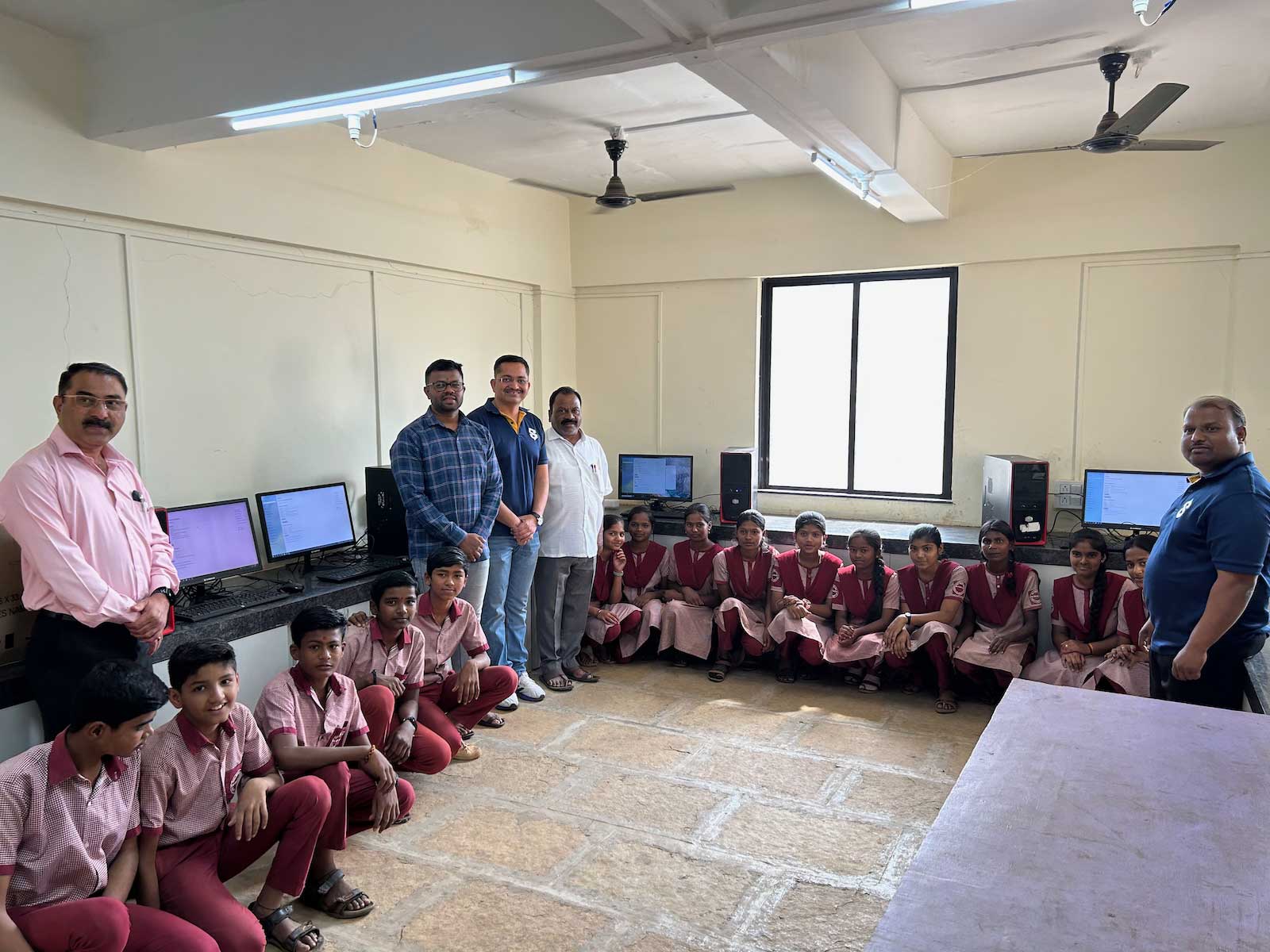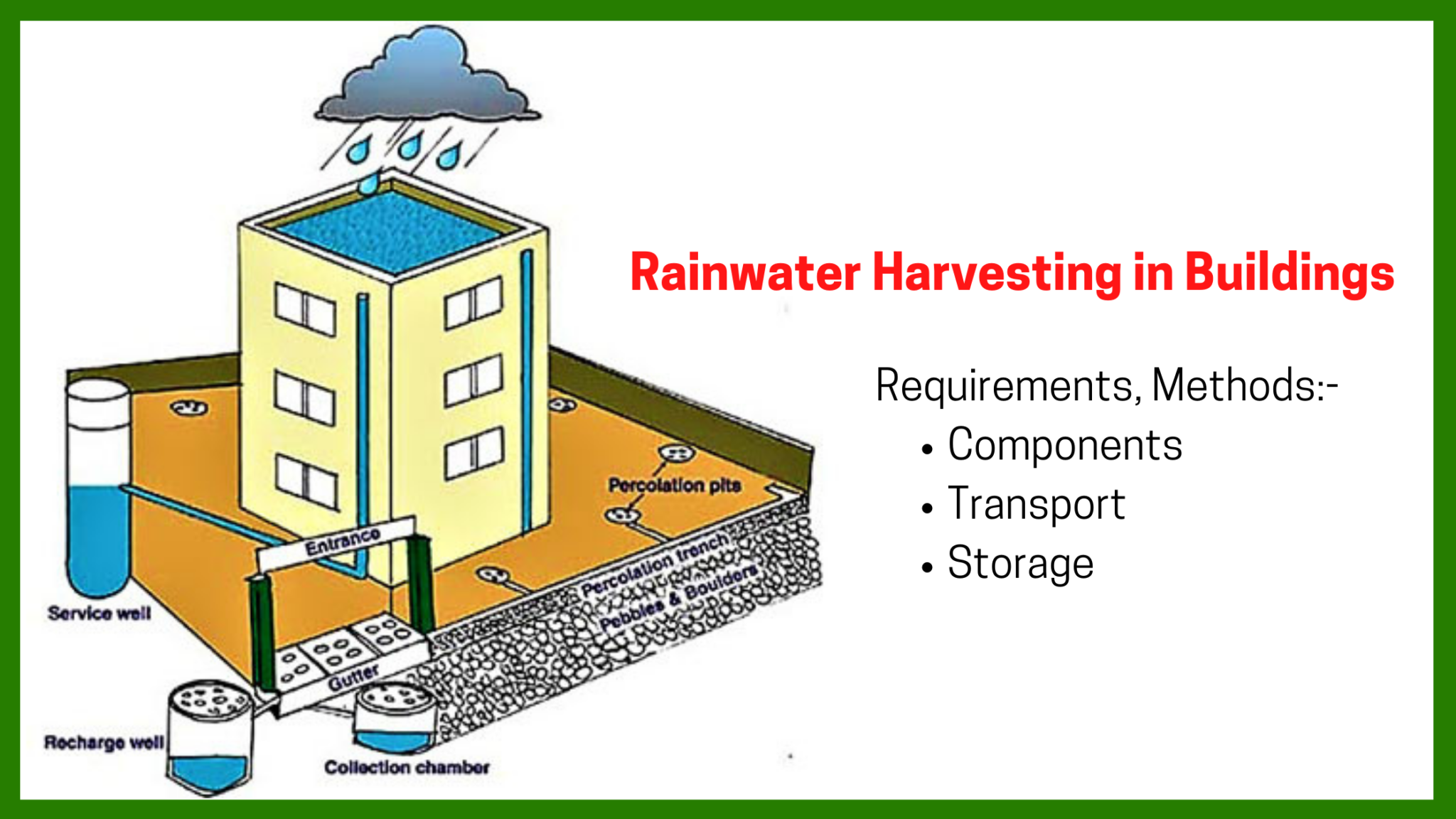
Introduction: Why Rainwater Harvesting in India Matters
Rainwater harvesting in India is no longer just a sustainable choice, it’s a survival necessity. As the country grapples with a deepening water crisis, families across urban and rural areas are experiencing unreliable access to clean water. Drying borewells and the frequent use of water tankers signal a growing strain on municipal supplies. Yet, every monsoon, enormous quantities of rainwater are lost to runoff. Implementing rainwater harvesting bridges this supply-demand gap. It helps households cut costs, recharge ground water, and reduce reliance on unpredictable sources. When planning new construction, this system becomes not only logical but crucial.
Understanding India’s Water Crisis
India supports 18% of the global population with only 4% of its freshwater resources. Major cities such as Delhi, Bengaluru, and Chennai face severe shortages during the dry season. In rural zones, water often arrives in tankers, while the underground reserves are rapidly depleting.

Root Causes of the Water Shortage
- Excessive groundwater extraction for farming and domestic use
- Disrupted rainfall patterns due to climate change
- Urban development is replacing water-absorbing green zones
- Industrial discharge contaminating water bodies
- Inadequate systems for rainwater collection and recycling
Addressing these causes is vital for national water security.
What is Rainwater Harvesting?
Rainwater harvesting is the process of capturing, filtering, and storing rainwater for later use, typically for domestic purposes like cleaning, washing, flushing toilets, or for gardening and landscaping needs. This eco-friendly practice not only conserves valuable freshwater resources but also reduces dependency on municipal water supplies, especially during peak summer months or water shortages. By adopting rainwater harvesting, homeowners can take proactive control of their water usage, lower their utility bills, and contribute meaningfully to sustainable living. It’s a smart, future-ready solution for both urban and rural households.
Best Time to Implement: New Construction Phase
Including rainwater harvesting during the home design stage is more cost-effective and streamlined. Engineers can factor in roof slopes, storage tanks, and recharge structures right from the blueprint. Retrofitting an existing structure tends to require more investment and planning.
Benefits of Rainwater Harvesting
Adopting rainwater harvesting results in a variety of practical and environmental gains.
1. Lower Utility Costs
Using harvested rainwater for everyday tasks like gardening, cleaning, or even filtered drinking can lead to significant savings on water bills. Over time, these savings can offset the initial investment in the harvesting system. Additionally, relying on rainwater reduces the burden on municipal supplies, especially during periods of shortage or high demand. It also provides a reliable backup during supply cuts, making your home more water-resilient.
2. Groundwater Replenishment
Recharge wells allow collected rain to seep back into the ground, raising underground water levels naturally. This process helps revive dried-up borewells and restores the health of aquifers over time. It is especially useful in urban areas where groundwater depletion is a major concern. By replenishing local water tables, recharge wells support long-term water availability for both homes and communities.
3. Reduced Flood Risk
Harvesting systems absorb excess rainwater on-site, limiting runoff and preventing urban flooding during heavy rains. This reduces pressure on municipal drainage systems, which often get overwhelmed during monsoons. By managing rainwater at the source, these systems also help minimize erosion and waterlogging around the property. Over time, this contributes to safer, cleaner, and more resilient urban environments.
4. Reliable Water Backup
Having an alternative water source increases household resilience during municipal supply interruptions or droughts. It ensures that essential activities like cooking, cleaning, and sanitation continue without disruption. This backup system provides peace of mind during emergencies or seasonal shortages. Moreover, it reduces dependency on expensive tanker services, making water access more reliable and cost-effective.
5. Green Building Advantage
Eco-friendly features such as rainwater harvesting add value to properties and align with modern sustainability goals. Homes equipped with sustainable systems are increasingly preferred by environmentally conscious buyers. These features not only enhance the resale value but also lower the carbon footprint of the household. In today’s green-certified real estate market, such homes stand out as smarter and future-ready investments.
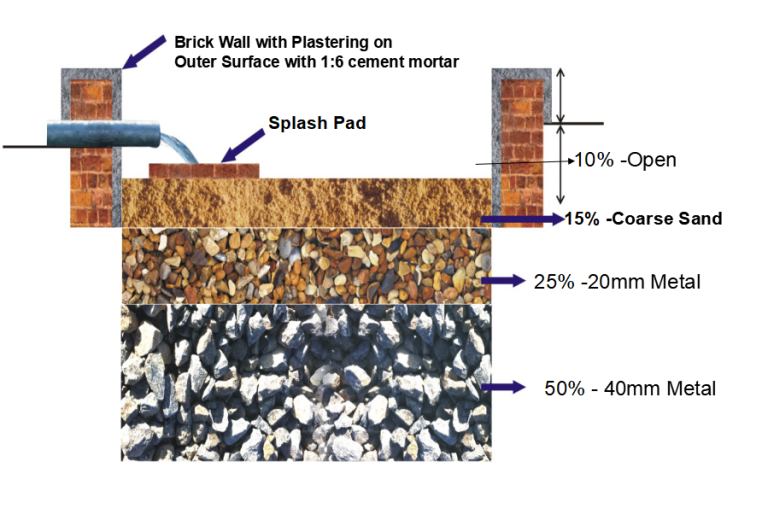
Essential Components of a Rainwater Harvesting System
Each component plays a key role in effective rainwater harvesting:
- Catchment Area: Generally the building’s rooftop
- Conveyance System: Gutters and pipes that guide water
- First Flush Diverter: Removes initial, dust-laden rainwater
- Filtration Unit: Cleans debris and particles
- Storage/Recharging: Tanks or pits for holding or absorbing water
Proper design and maintenance ensure system longevity and efficiency.
Different Techniques for Harvesting Rainwater
Tailor the approach to your home’s location, size, and layout. Every property has unique characteristics, so a one-size-fits-all system won’t work effectively. Urban homes with limited space might benefit more from underground sumps or rooftop systems, while rural homes can implement recharge wells or percolation pits. Consulting with an expert ensures maximum water collection and optimal system efficiency.
Rooftop Collection
Rainwater is captured from rooftops, filtered, and either stored or directed underground. The rooftop acts as the primary catchment area where rainfall is first collected. From there, it flows through a conveyance system gutters and pipes that guide it towards a filtration unit. The filter removes dust, leaves, and other impurities to ensure the water is clean and usable. Depending on the system design, this water is then stored in a tank for household use or sent into recharge pits to replenish groundwater. Installing first flush diverters ensures that the initial, more polluted rainwater is discarded, enhancing the system’s hygiene and efficiency.
Runoff Capture
Open areas like driveways and terraces guide water into trenches or collection units. These surfaces are strategically sloped to direct rainwater toward designated drainage paths. The collected water is then channeled through perforated pipes or stone-filled trenches that help slow down the flow and promote absorption. In larger setups, this runoff can be directed to underground storage tanks or recharge pits. Using permeable paving materials in these areas can further aid infiltration, allowing more water to seep into the ground. Properly designed open-area harvesting ensures minimal wastage and maximum groundwater replenishment, especially in high-rainfall zones.
Percolation Pits
Strategically dug pits let water seep back into the earth, helping recharge local aquifers. These pits are usually filled with layers of gravel, sand, and stones that filter the water naturally as it percolates down. They are placed in low-lying areas where water tends to accumulate during rains. By allowing slow and steady absorption, they prevent surface runoff and promote soil moisture retention. Over time, this process helps restore depleted groundwater levels in surrounding areas. Regular maintenance ensures that silt or debris doesn’t clog the pit, keeping the recharge process efficient and effective.
Recharge Wells & Borewells
Collected water flows into borewells to rejuvenate depleting underground sources. This technique involves directing filtered rainwater into existing or specially designed recharge borewells. As the water percolates through the soil layers, it naturally replenishes aquifers and helps stabilize groundwater levels. It’s especially useful in areas facing water scarcity due to excessive borewell use. By reviving dried or low-yielding borewells, this method ensures a more sustainable and reliable water supply. Additionally, using rainwater reduces the pressure on municipal sources and promotes long-term water conservation. Proper filtering is crucial to prevent contamination and maintain borewell health.
Green Roofs
Soil and vegetation on rooftops absorb rain, reducing runoff and offering insulation. Green roofs not only help capture and retain rainwater but also moderate indoor temperatures by acting as natural insulators. They reduce the heat island effect in urban areas, making cities cooler and more breathable. Additionally, the plants improve air quality and support biodiversity by attracting birds and pollinators. With proper waterproofing and drainage layers, green roofs are both functional and low-maintenance. Over time, they also enhance a building’s aesthetic appeal and property value.
Underground Sumps
Compact homes benefit from below-ground tanks that store filtered water. These underground sumps make efficient use of limited space without affecting the home’s aesthetics or layout. They keep the stored water cool and safe from contamination and sunlight exposure. With proper filtration, this water can be used for daily household activities. The tanks are durable, low-maintenance, and can be customized based on the family’s water needs. This method is ideal for urban homes where every square foot counts.
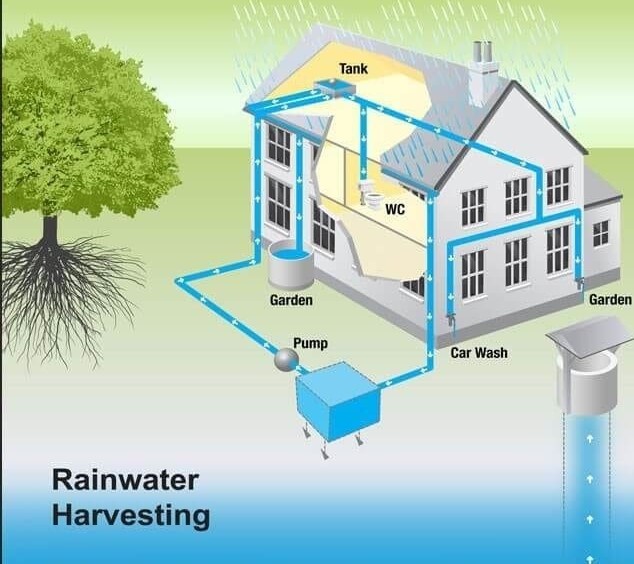
Overcoming Common Challenges
Challenges exist, but solutions are within reach:
- Lack of Information: Public education and expert consultation can address gaps in knowledge.
- High Initial Investment: Long-term savings offset installation costs within a few years.
- Maintenance Requirements: Regular cleaning keeps filters and tanks efficient.
- Design Issues: Working with professionals helps avoid mistakes like poor slope or inadequate drainage.
Being proactive can transform these obstacles into opportunities.
FAQs About Rainwater Harvesting
Q1. Is rainwater safe for drinking?
Yes, when filtered and purified properly, it can be consumed safely.
Q2. Do laws in India support rainwater harvesting?
Many Indian states mandate it for new constructions, especially in water-scarce regions.
Q3. How much can I collect annually?
Based on roof size and rainfall, a home can capture between 50,000 to 1,00,000 litres.
Q4. Can old houses adopt the system?
Yes, with retrofitting, even existing homes can benefit.
Q5. What’s the average return on investment?
Most systems break even in 2–3 years through savings on water expenses.
Conclusion: Invest in a Smarter Future
Rainwater harvesting in India isn’t just a trend it’s a critical response to the water crisis. By designing homes to capture every drop, we pave the way for a more sustainable and self-sufficient future so that’s why Rainwater harvesting in India is very important.
At Make My House, we integrate these systems seamlessly into your home’s blueprint. If you’re building or planning to renovate, now is the time to act.
Let’s conserve today for a better tomorrow. Let’s Make My House your house.





